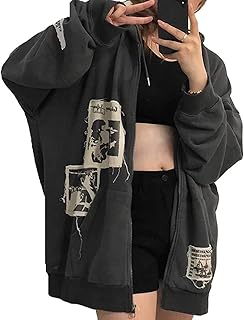As the realms of luxury and streetwear collide, the enduring fusion of these two fashion powerhouses continues to captivate the industry. This ongoing love affair between high-end brands and street style has not only persisted but has become more pronounced in recent times.
The recent weeks have witnessed a significant intertwining of streetwear and luxury fashion, exemplified by Virgil Abloh’s groundbreaking collection for Louis Vuitton and the strategic partnership between LVMH and Aimé Leon Dore. These events underscore the undeniable influence and staying power of streetwear in the current fashion landscape.
Virgil Abloh’s latest runway presentation for Louis Vuitton has sparked discussions on how to uphold the legacy of a creative visionary who elevated streetwear to unprecedented heights of luxury. While the succession plan at Vuitton remains a subject of speculation, one thing is certain – any decision will be deeply rooted in Abloh’s enduring impact and the brand’s commitment to blending streetwear elements with timeless elegance.
Beyond the runway spectacles, the luxury sector’s increasing embrace of streetwear aesthetics is evident in LVMH’s strategic investment in Aimé Leon Dore, a prominent streetwear label led by Teddy Santis. Concurrently, Swiss brand Bally’s appointment of Rhuigi Villaseñor, the founder of Rhude, as its creative director signifies a broader shift towards integrating streetwear sensibilities into traditional luxury brands.
But what catalyzed this transformative shift in the fashion landscape? The answer lies in the evolving consumer demographics, particularly the millennial and Gen Z cohorts, whose affinity for street culture and luxury fusion has reshaped the industry’s narrative. These generations, influenced by hip-hop and skateboarding subcultures, seamlessly blend brands like Carhartt and Prada, driving the convergence of streetwear and luxury.
Streetwear has not only revolutionized fashion aesthetics but also introduced innovative sales and marketing strategies to the luxury market. Concepts like limited product releases, creating buzz and anticipation, and fostering brand communities have disrupted traditional luxury business models, aligning with the fast-paced dynamics of the digital age.
In recent years, the allure of a luxury-branded sweatshirt from a streetwear designer outselling a meticulously crafted tailored suit exemplifies the paradigm shift in consumer preferences. This trend has breathed new life into iconic monograms, transforming them from symbols of status to expressions of tribal identity and inclusivity.
Notable figures like Virgil Abloh have championed the logo as a unifying emblem, symbolizing community and belonging. This evolution hints at a future where streetwear could rival the beauty sector in significance within the luxury industry. The evolving landscape of fashion awaits the resolution of this enigmatic blend of streetwear and luxury.
The convergence of streetwear and luxury not only reflects a shift in consumer preferences but also signals a broader transformation within the fashion ecosystem. As these two domains continue to intertwine, the narrative of contemporary fashion evolves, driven by a new generation of consumers shaping the future of luxury and street style.
📰 Related Articles
- How Louis Vuitton Redefines Luxury Retail with Women Fashion Flagship in Beverly Hills
- eBay Report Reveals Fall 2025 Luxury Fashion Trends
- Zara Duffy Redefines Fashion Through Sustainable Upcycling Initiatives
- Young Fashion Maven Redefines Sportswear in Squash Industry
- YOASOBI: Music and Fashion Fusion Redefining Global Creativity






